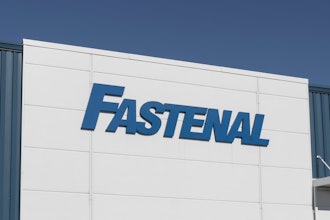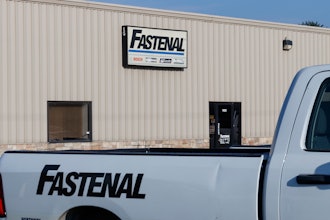“In the long run, everything is a toaster.”— Bruce Greenwald, Columbia University
In this quote, Bruce uses the analogy of a toaster to explain that eventually, everything becomes a commodity. Distributors feel this pain more than other industries. Distributors are selling exactly the same commoditized products as the competition. If you are just selling commodity products, then price is the only differentiator. However, you can differentiate a commodity product when it is part of a total solution. Yet, distributors unintentionally commoditize their solution.
When you pursue the same opportunities as every other distributor, you’re commoditizing your solution. Distributors fail to grasp the competitive nature of these opportunities. A half-dozen other companies are bidding on the same order, the same way. It turns into a bidding war that nobody wins. These high-volume, low-margin opportunities are commodity opportunities. Organizations exhaust their resources pursuing opportunities they never should have pursued. What if you focused resources on finding and solving problems versus pursuing commodity opportunities?
Salespeople unintentionally commoditize their solution by only selling products with well-established demand. They focus on selling products for which there is a generic need. Products with well-established demand tend to be commodity products, for example: fasteners, personal protective equipment, cleaning chemicals and other MRO items. There is established demand for these products. Just selling these products positions you as a commodity supplier.
If you’re just selling products, you open the door to too much competition. Our research on top-achieving salespeople shows that the salesperson is a unique dimension of the solution. Customers of top-achieving salespeople believe the salesperson represents 25 percent of the total value of a solution. Are you bringing that much value to your customers? Are you presenting your personal value as part of the total solution?
If your goal is to quote commodities or just sell products, you’re a commodity supplier operating in a commodity market. The last thing you want to be is a commodity supplier in a commodity market. Remember what Peter Drucker said about commodities, “In commodity markets, you can only be as good as your dumbest competitor.”
Distributors can differentiate their total solution. One way is to help customers understand the complexity of their needs. In Value-Added Selling, we call this de-commoditizing your solution. Here are some tips to help you get past the commodity trap and de-commoditize your solution.
Focus on solving problems, not quoting projects
There is no commodity in creativity. For every problem your customer experiences, there is a unique solution. Yet salespeople focus on quoting projects instead of problem solving. When you just quote projects, you’re viewed as a commodity supplier providing commodity solutions.
I’m reminded of how one industrial salesperson made problem solving part of every call. He would meet with customers and satisfy their immediate need, but he would always end his calls the same way. He would ask, “In addition to that, what other problems are you currently experiencing?” He positioned himself as a problem-solver, not a “project-quoter.”
When you just quote products, you’re traveling down a commodity path. Rather than quoting commodity products, solve the underlying problem. Lead with a non-traditional solution and sell the concept, not just the commodity product.
In a recent seminar, one salesperson shared an example of selling a concept instead of a commodity product. Their buyer requested a 5% discount on commodity safety gloves. This request was part of an overall cost reduction initiative. But rather than selling discounted commodity gloves, they sold the customer on a new concept.
The salesperson sold the customer on a new inventory management program. This new program gave the customer greater visibility and accountability on glove usage. Each employee was given an ID card which they presented every time they needed a pair of gloves. This level of accountability immediately dropped their overall usage. The salesperson said, “Rather than saving them a nickel on a pair of gloves, I saved them the whole dollar. They started buying fewer gloves.” The salesperson figured out a better way to solve the customer’s underlying issue by selling a concept.
De-commoditizing your solution requires running a different race. Stop dedicating your resources to high-volume, low-margin commodity opportunities. These are opportunities everyone is going after. This business might feel like a win, but look at the numbers. How much net profit is actually there?
The riches are in the niches. Find those unique problems the customer is experiencing. Then de-commoditize your solution by offering the customer a unique solution. These problems might not be on the surface, but they exist. By creatively solving problems, you differentiate your solution. There is no commodity in creativity.
Paul Reilly is president of Reilly Sales Training, a St. Louis-based, privately owned company that specializes in training sales professionals, sales managers, and service professionals. Reilly Sales Training offers public seminars, in-house sales training programs, and hiring and training assessments. Call or e-mail Paul at 636-778-0175 or[email protected].
This article originally appeared in the July/August print edition of Industrial Distribution. Click here to view the full digital edition.























